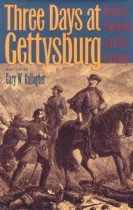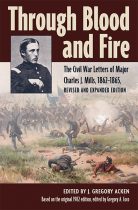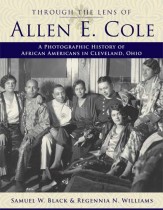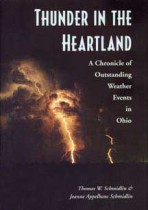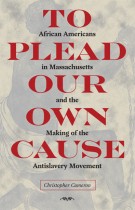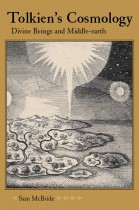This We Know
Carole A. Barbato, Laura L. Davis and Mark F. Seeman | Filed under: History, May 4 Resources, Regional Interest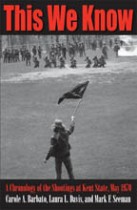
This We Know succinctly documents the facts that fill out the chronology of events of the four fateful days that ended with members of the Ohio National Guard killing Kent State students Sandra Scheuer, Jeffrey Miller, Allison Krause, and William Schroeder and wounding nine others. It gathers well-established information from recorded accounts, from the time events happened through what has been learned since.


